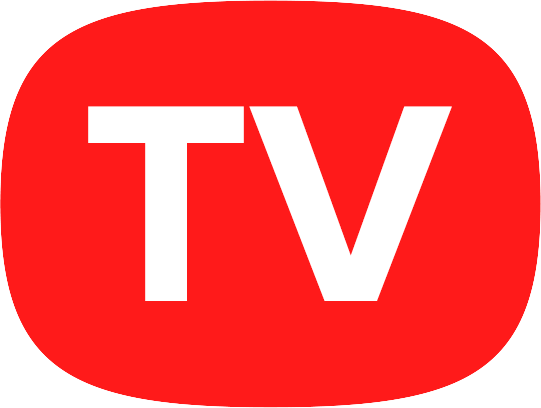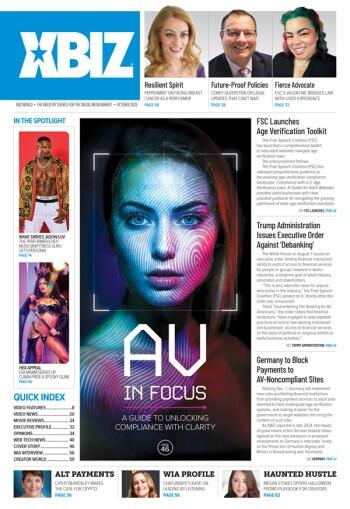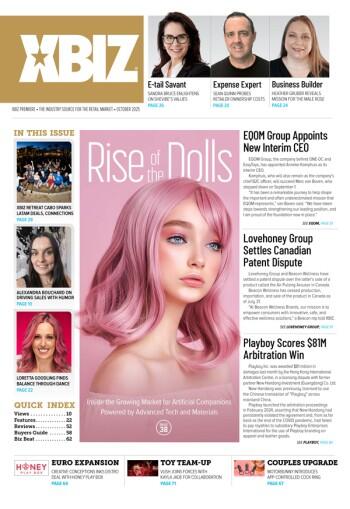Common mistakes made in the implementation of training programs are often the reluctance by executives to invest in training and development of staff for the fear of its potential to fail. In retail, the excuse sometimes involves taking your people off the sales floor. In order to ensure that a training program is successful there are many steps that must be taken. Training is not something that may magically appear one day and is easily taken from the shelf. Rather, training and development is an ongoing process that often is evolutionary in form, substance and results. It involves many stakeholders both internal and external.
Human resources and organizational development professionals have identified many methods for the development of training. The following is an example of a successfully implemented process:
Conduct a Needs Assessment
What do you need that you currently don’t have? This step involves determining what needs to be trained and who needs to be a part of the training. Generally this step is also called a needs analysis and is usually a result of managers identifying common issues within the organization that often arise from poor understanding of standard operating procedures or the lack of existence of the same. This process is conducted between a human resources professional and front line managers. This can involve reviewing turnover trends, past training deficiencies, current issues and parties involved in the creation of the issues and solutions being sought out. If you are an organization that lacks formal job descriptions, this is the time to create them. The end result in this stage should include a comprehensive list of needs.
Set General Learning Goals
This activity is brainstorming where you create a list of what you want your people to learn. Essentially, it’s a wish list. It involves looking inside your organization and reviewing current job descriptions, skills and abilities that are necessary to achieve goals, or that are to be the results of the goals as well as behavioral traits you wish to accomplish or wish to change. You cannot move past this stage until you know what your human capital inventory available is composed of. A very helpful exercise during this stage is to scan the marketplace for traits in other organizations that you admire, or have led to memorable experiences either positive or negative. This list may be very long and is often what helps build the training objectives in the next stage. Since some of these items may be lost in the next stage however, it is important that all avenues be explored.
Set Your Objectives
This step is possibly one of the most important and difficult within the process. It may be difficult because of the controversies that may arise due to ideas from the prior stage being left behind. This process involves a tightrope balance between visionaries and realists on what can be accomplished. Often, expectations may be unrealistic by the various stakeholders involved. This process must include identifying objectives and the benefits of the objectives. Objectives must not be subjective, but rather, have quantitative and qualitative results that can be measured. Lack of understanding the objectives of a training program is what leads to failure. In this stage, objectives need to be clearly defined and must include time frames and the various stages of the program.
Design the Program
Now that you know the results you want to obtain, it’s time to design the program. This process can include outside consultants, purchasing off–the-shelf training materials or designing a program internally from scratch. A good training program will involve various components that will address the various cognitive abilities of adults. This is perhaps the most creative of the stages. Programs can include handson activities, problem solving, reallife examples, case studies, and on-the-job learning as well as other methods.
The amount of material should be moderate and be written in a tone that is easily understood by all participants despite educational and work related backgrounds. As you design your program you should also review the sequence and timing of the stages involved based on your objectives. For example, how long should it take an associate to finish learning their cashiering tasks? Should that period be longer than the time spent learning sales techniques? Which tasks should be first and which are the most important part of their jobs? There are many organizational developers that may assist in this process and may provide guidance on what needs to be done. As you navigate the process, make sure the solution will fit both your current demographic of participants and, if it’s training related to customer service, that it meets your overall objectives and mission towards your interactions with customers.
Review the Program With a Focus Group
Once you have completed the program, determine if it will be easily implemented, useful, and most importantly, practical. Pick some of your front line managers to review the program. Let them critique it. Many trainers often ignore this process, however, it is one of the most important, as it is a stage in where you get buy-in from your front line leaders. If they see that you have invested the time, resources, and most importantly, asked them for their opinion, they buy-in. Your end result should need some final tweaking. If you have completed all other stages of this process, this stage should not bring surprises. Rather, it will bring on affirmation of the success potential and ideas on implementation milestones and timelines.
Plan and Implement
Implementation of the program includes introducing the program via training. If the training is to be conducted by your front line managers, train the trainer. Provide them with all the tools necessary to successfully become ambassadors of your program. They need to be armed with support from a point person in the organization, regular forums for discussion, as well as deadlines to meet as they execute the implementation of the program. Implementation should not be one drop dead date, but rather should include a series of milestones to be met. Training is a change of culture and every messenger in the organization should share the same message.
Follow Up and Adapt
Training is a continuous process; it never ends and is constantly evolving. As part of ensuring the continued success and shift in your culture to meet current objectives, missions and goals you must periodically review the success of your training program. If there is a need to adapt and change, those determinations must be made based on your review of all data available which measures your return on investment. Have your sales increased? What are your conversion rates? Have your customers changed, and are your people experiencing a higher level of job satisfaction?
Since earning the 2009 XBIZ Retailer of the Year Award, many have taken an interest in learning what about the “secret sauce” that has led Castle Megastore to a successful year despite this gloomy and uncertain economy. While we would love to attribute it to one specific thing, there are many ingredients in the “sauce” that make Castle Megastore different than most other retailers in our industry. One of these ingredients is our comprehensive approach towards the training and development of our staff through Castle University. Through the years, we have developed a human capital inventory that currently includes 230 employees that bring with them a diverse set of skills, backgrounds, education and work experiences. These employees upon arrival are met with an extensive training program with a goal to provide our customers an exceptional shopping experience.
Every retailer has its own distinct and unique characteristic. Some retailers ensure that they always have the greatest selection of products, the best prices in the area or focus on the level of service their staff delivers whether expeditious, memorable or simply exceptional. No matter the mission or model, each model requires some level of training. To be successful the company’s internal training programs must be fully aligned with company objectives, mission and vision. With that in mind, I challenge you to develop your own “secret sauce.”
Adriana Rosales is the human resources manager for Castle Megastore. She has a degree in Human Resources Management from California Polytechnic University, Pomona, is a National Member of the Society of Human Resources Management, Staffing Management Association and sits on the local Retail Professional Advisory Council.








